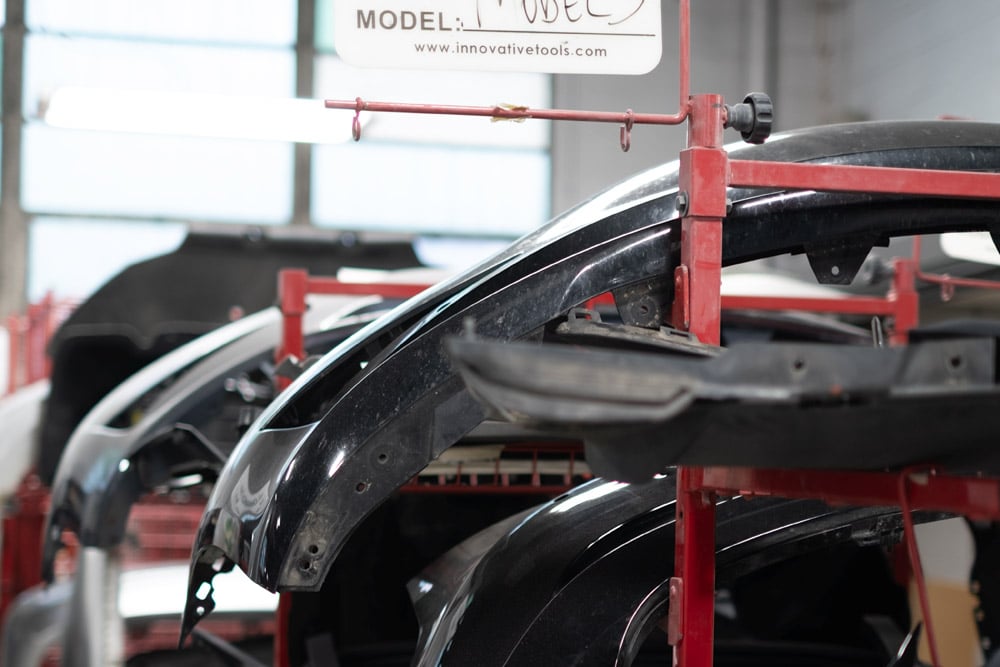
In the pursuit of cost-effective solutions in collision repair, some vehicle owners turn to repairers who rely on aftermarket or refurbished auto parts. However, the seemingly economical choice comes with a set of concerns, particularly when it comes to the overall quality and safety of the repaired vehicle.
A notable 2018 study conducted by the Insurance Institute for Highway Safety (IIHS) sheds light on the potential risks associated with the use of aftermarket parts in collision repair. The study compared vehicles repaired with aftermarket components to those fixed with original equipment manufacturer (OEM) parts, focusing on structural and safety aspects.
Study Findings:
The IIHS research revealed a higher likelihood of structural and safety deficiencies in vehicles repaired with aftermarket parts. This discovery raised questions about the long-term safety implications for drivers and passengers alike. Let’s take a deeper look at the study’s key points:
Structural Integrity at Stake:
One of the primary concerns highlighted in the study was the compromised structural integrity of vehicles utilizing aftermarket components. Structural elements, such as frame components and crucial safety features, were found to be less reliable when aftermarket parts were employed in the repair process. This deficiency could significantly impact the vehicle’s ability to withstand and distribute impact forces in the event of another collision.
Safety Features Compromised:
Beyond structural concerns, the study also pointed out potential issues with safety features. Components like airbags, designed to deploy with precision during an accident, were found to be less reliable when aftermarket parts were utilized. This raises serious doubts about the effectiveness of safety systems, which are integral to minimizing injuries in a collision scenario.
Long-Term Safety Implications:
The compromise in quality observed in the IIHS study extends beyond the immediate repair period, posing long-term safety implications for vehicle owners. A car’s ability to protect its occupants relies heavily on the quality of the components used in repairs. With aftermarket parts showing a higher likelihood of deficiencies, the study signals a potential compromise in the overall safety and crashworthiness of vehicles down the road.
Consumer Awareness and Informed Choices:
As consumers, understanding the findings of studies like the one conducted by IIHS empowers us to make informed decisions when it comes to collision repair. While aftermarket parts may appear to be a cost-effective solution initially, the potential risks associated with compromised structural integrity and safety features underline the importance of prioritizing quality over short-term savings.
The IIHS study serves as a stark reminder that the pursuit of affordability in collision repair should not come at the expense of vehicle safety. Thankfully, there are brands like Schaefer Autobody Centers, which operate on a philosophy of quality above cost savings.
Choosing a repairer committed to using OEM (Original Equipment Manufacturer) parts ensures that the components are identical in form, function, and fit to the ones produced by the vehicle manufacturer. Opting for an OE-focused collision repair shop is particularly crucial if you insist on genuine parts for your vehicle. When your family’s safety is at stake, why compromise by saving a few dollars?
Please note: The Insurance Institute for Highway Safety (IIHS) is an independent, nonprofit scientific and educational organization dedicated to reducing deaths, injuries and property damage from motor vehicle crashes through research and evaluation and through education of consumers, policymakers and safety professionals.

